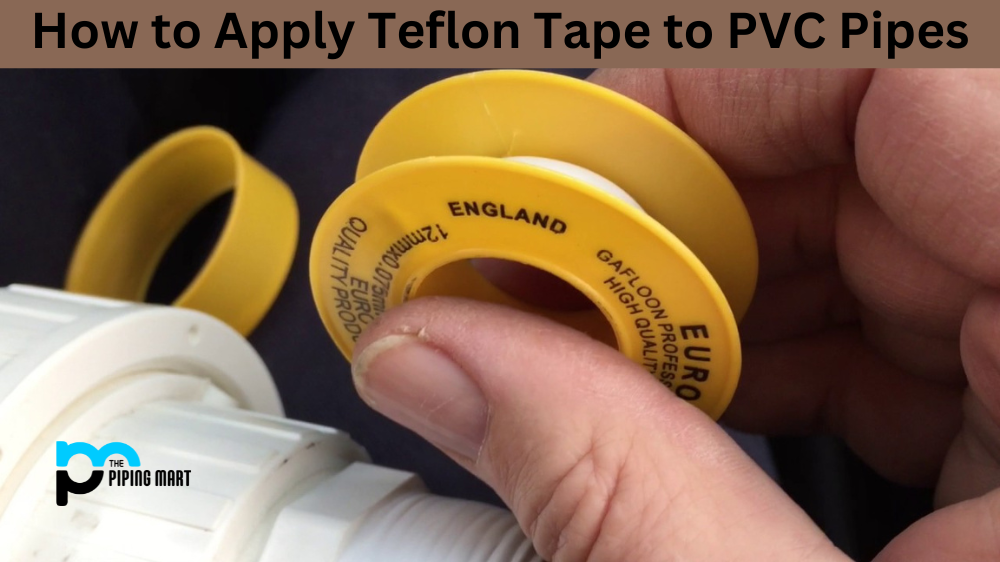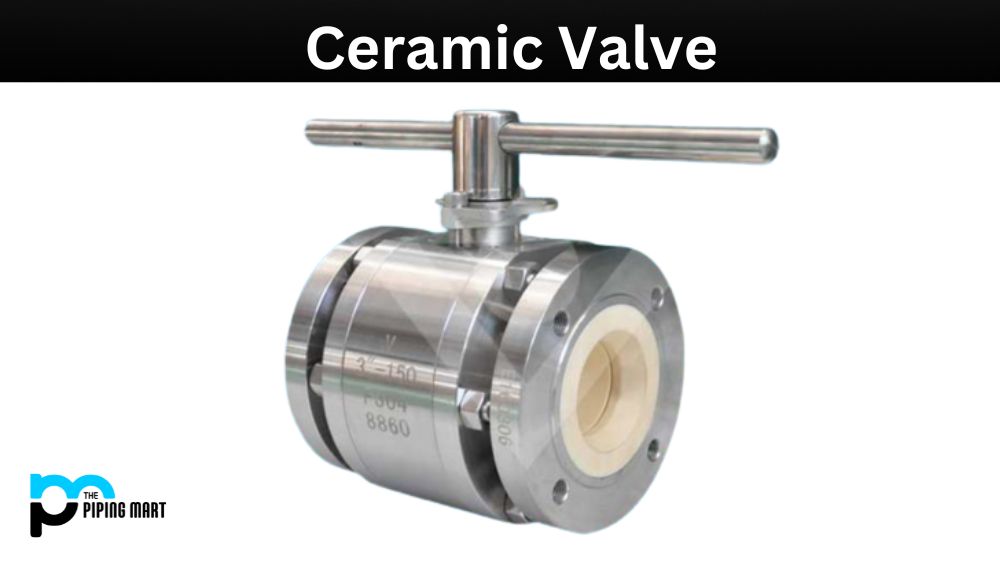PVC pipes are widely used for plumbing and irrigation systems. However, leaks can occur if the pipes are not properly sealed, leading to energy wastage and home damage. Teflon tape is a common plumbing material used for sealing PVC pipe joints. It effectively prevents leaks and ensures a tight seal. Although it seems simple and straightforward, applying Teflon tape to PVC pipes can be challenging if not done properly. Therefore, this blog post will guide you through how to use Teflon tape for PVC pipes.
Step 1: Clean the PVC Pipe
The first step is to ensure the PVC pipe is clean and dry. Before applying the Teflon tape, clean the pipe with a clean cloth or a brush to remove any dirt, debris, or old adhesive from the surface. Any oil, grease, or dust particles can prevent the tape from adhering properly to the surface, leading to leaks. Cleaning the pipe ensures that the video forms a tight and secure seal.
Step 2: Wrap the Teflon tape around the PVC Pipe
Take the Teflon tape and wrap it around the PVC pipe. Ensure that the video is wound around the pipe threads clockwise. This helps to prevent the video from unravelling during installation. As you wrap the tape around the line, ensure no wrinkles or gaps in the video. The video should be tight and snug.
Step 3: Apply the Teflon Tape with the Right Tension
The Teflon tape must be applied with the right tension. If the video is too loose or tight, it will not form a tight seal leading to leaks. Apply the tape with enough pressure to wrap around the PVC pipe threads evenly. Avoid over-tightening the video, as this can cause the video to break or shred.
Step 4: Install the PVC Fitting
It’s time to install the fitting after wrapping the Teflon tape around the PVC pipe. Place the fitting onto the threaded end of the pipe, and ensure it is aligned correctly. Tighten the fitting with a wrench until it is secure but do not overtighten. When tightening the fitting, ensure it has a good and snug fit.
Step 5: Test for Leaks
After installation, check for leaks. Turn on the water and observe the joint for any drips or leaks. If there are any leaks, you may need to reapply the Teflon tape and repeat the installation process.
Conclusion
Properly sealing PVC pipes is essential to ensure they serve their purpose without issues. Teflon tape is proven to prevent leaks and provide a tight seal. Although the process may seem straightforward, it is important to follow the right steps and techniques to ensure that the Teflon tape adheres tightly to the surface and that there are no gaps or wrinkles. With the above steps, you can successfully apply Teflon tape to PVC pipes and prevent leaks.

Abhishek is a seasoned blogger and industry expert, sharing his insights and knowledge on various topics. With his research, Abhishek offers valuable insights and tips for professionals and enthusiasts. Follow him for expert advice on the latest trends and developments in the metal industry.




